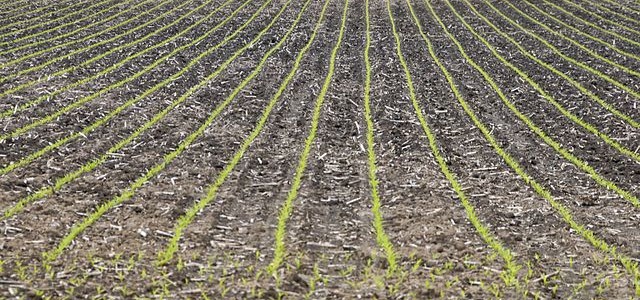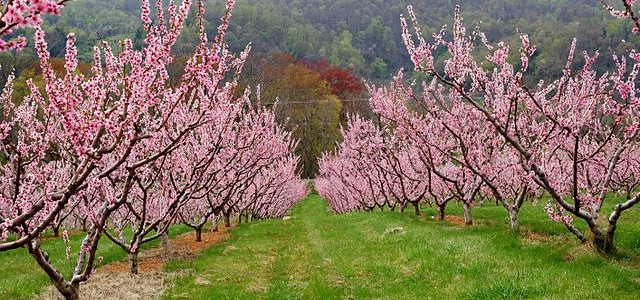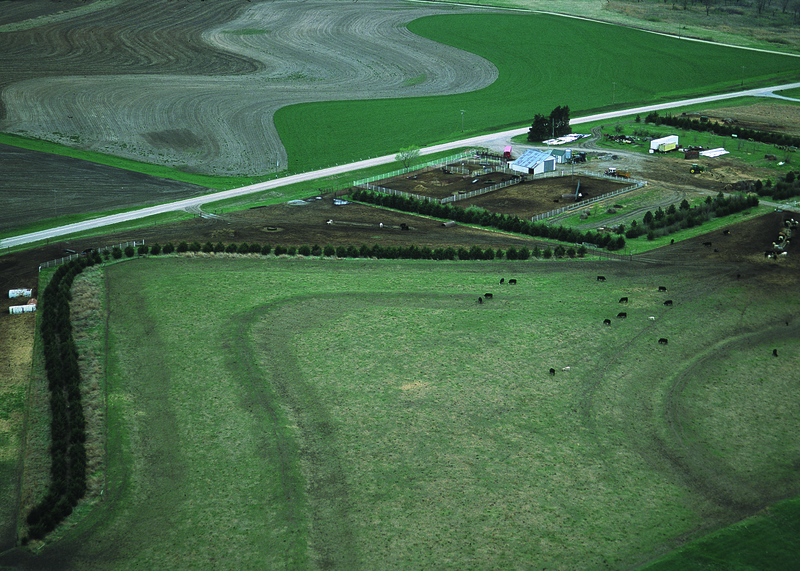Climate and Ag in the news
-

Now that more people are taking flights again, you might be interested in what you see out the window and why your flights are sometimes bumpy. This article from EarthSky provides a look at clouds from an airplane window and what they tell you about the weather that is occurring there.
Posted in: Climate and Ag in the news -

Southeast AgNet provided a summary of crop conditions across the Southeast based on the latest information from the National Agricultural Statistics Service, which publishes weekly updates on crop conditions during the growing season. The summary shows that planting has barely started for most crops, no doubt due to the cool soil temperatures and wet conditions…
-

Blueberry farmers in Georgia have been hit by the third big frost in the last six years. The frost of March 13 destroyed many blueberries around the state due to temperatures that were too cold for too long for frost protection to work. The Southeast Farm Press noted some farmers thought the loss was 75…
-

With the swings in temperature we have seen this past winter, fruit farmers have experienced a lot of ups and downs in thinking about their crop this year too. A cold November was followed by a very warm December, leading to fewer than average chill hours. Then January and February were cooler again, allowing chill…
-

According to an article in the Kansas Farmer, “At the height of the 1930s Dust Bowl, the federal government invested $13.8 million to establish more than 200 million trees and shrubs in windbreaks throughout the Great Plains. Today, those important conservation tools are in decline, due to age and climate challenges…” The windbreaks helped keep…
-

As a follow-up to a post earlier this week, here is some more information about our station in Byromville. The National Weather Service did a post-storm survey of the location and found that due to the wind speed of 129.3 mph measured on our station along with damage to grain bins near the site, this…
-

The mid-March freeze in 2022 hit the growers of many crops hard. One of these is Georgia’s production of greens. Clint Thompson posted a story in Specialty Crop Industry talking about how much their crops of turnip and other greens were affected by the low temperatures and brutal winds. You can read it at https://specialtycropindustry.com/march-freeze-wipes-out-georgia-farmers-greens-production/.